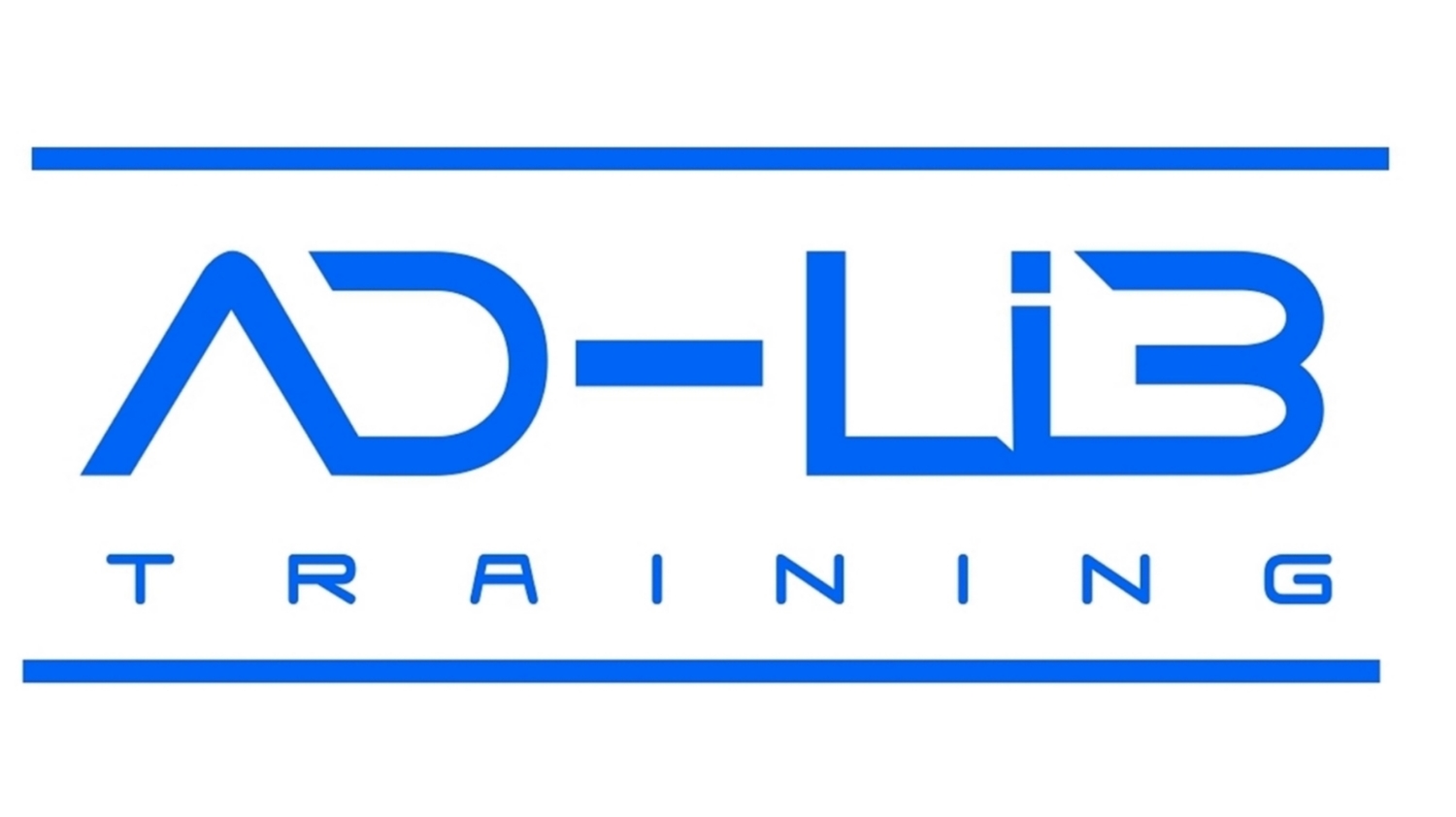Revised Chief Medical Officer’s (CMOs) Guidelines for Physical Activity
The previous guidelines of 2011 were updated and published on the 7th September 2019. They cover the guidelines for different age groups, including the volume, duration, frequency and type of physical activity required across the life course to achieve health benefits.
A big shift in the message is ‘some is good, more is better’ It is still recommended that individuals work towards achieving the guidelines, but it is reported that there are no absolute thresholds and that benefits are achieved at levels below and above the guidelines.
It is clear the more an individual is physically active, the greater the health benefits. However, there are gains for those doing the lower levels of activity (fewer than 30 minutes per week) The improvements in health per additional minute of physical activity will be proportionately greater.
The following guidelines are for Adults (19 to 64 years):
For good physical and mental health, adults should aim to be physically active everyday. Any activity is better than none, and more is better still.
Adults should do activities to develop or maintain strength in the major muscle groups. These could include heavy gardening, carrying heavy shopping, or resistance exercise. Muscle strengthening activities should be done on at least two days a week, but any strengthening activity is better than none.
Each week, adults should accumulate at least 150 minutes (two and a half hours) of moderate intensity activity (such as brisk walking or cycling); or 75 minutes of vigorous intensity activity (such as running); or even shorter durations of very vigorous intensity activity (such as sprinting or stair climbing); or a combination of moderate, vigorous and very vigorous intensity activity.
Adults should aim to minimise the amount of time spent being sedentary, and when physically possible should break up long periods of inactivity with at least light physical activity.
The guidelines for older adults (65 years and over) are as follows:
Older adults should participate in daily physical activity to gain health benefits, including maintenance of good physical and mental health, wellbeing, and social functioning. Some physical activity is better than none: even light activity brings some health benefits compared to being sedentary, while more daily physical activity provides greater health and social benefits.
Older adults should maintain or improve their physical function by undertaking activities aimed at improving or maintaining muscle strength, balance and flexibility on at least two days a week. These could be combined with sessions involving moderate aerobic activity or could be additional sessions aimed specifically at these components of fitness.
Each week older adults should aim to accumulate 150 minutes (two and a half hours) of moderate intensity aerobic activity, building up gradually from current levels. Those who are already regularly active can achieve these benefits through 75 minutes of vigorous intensity activity, or a combination of moderate and vigorous activity, to achieve greater benefits. Weight-bearing activities, which create an impact through the body help to maintain bone health.
Older adults should break up prolonged periods of being sedentary with light activity when physically possible, or at least with standing, as this has distinct health benefits for older people.
Previously it was reported that less than 150 minutes moderate intensity activity did not count but that has now changed. The main message to get across to the population is ‘even small changes can make a big difference over time’. It is hoped that this will encourage more individuals to make positive change.
There is more detail in relation to muscle and bone strengthening plus balance. It is recognised that these areas play a key role in skeletal health and affect the quality of life.
When undertaking muscle strength activities, it is important to work all the major muscle groups. To strengthen the bones moderate and high impact activities are needed.
As we age our balance is affected. As it starts to decline it greatly impacts on everyday activities such as putting your socks on or walking down the street.
The guidelines do give a positive message to the inactive as they can be encouraged to do a little more, however, I believe there is a danger that it could encourage some to do less. Simply publishing the guidelines is not enough. I will be watching with bated breath as to how they are going to get the message across that
‘some is good, more is better’
Ad-Lib Training work with organisations promoting physical activity in the local community. We train instructors and volunteers in the area of supporting people in increasing their levels of activity and improving their health.
It will be interesting to see what type of affect the new guidelines will have on people. Is there a danger that individuals who have previously worked their way up to 150 minutes of moderate activity will use the fact there is gains for those doing the lower levels of activity will reduce what they are doing? Should there be clearer guidelines on what is not enough?
Ad-Lib Training are interested in your thoughts. Does your role involve promoting the CMO Guidelines for Physical Activity and how do you think the guidelines will impact on the message?
Share your thoughts!


